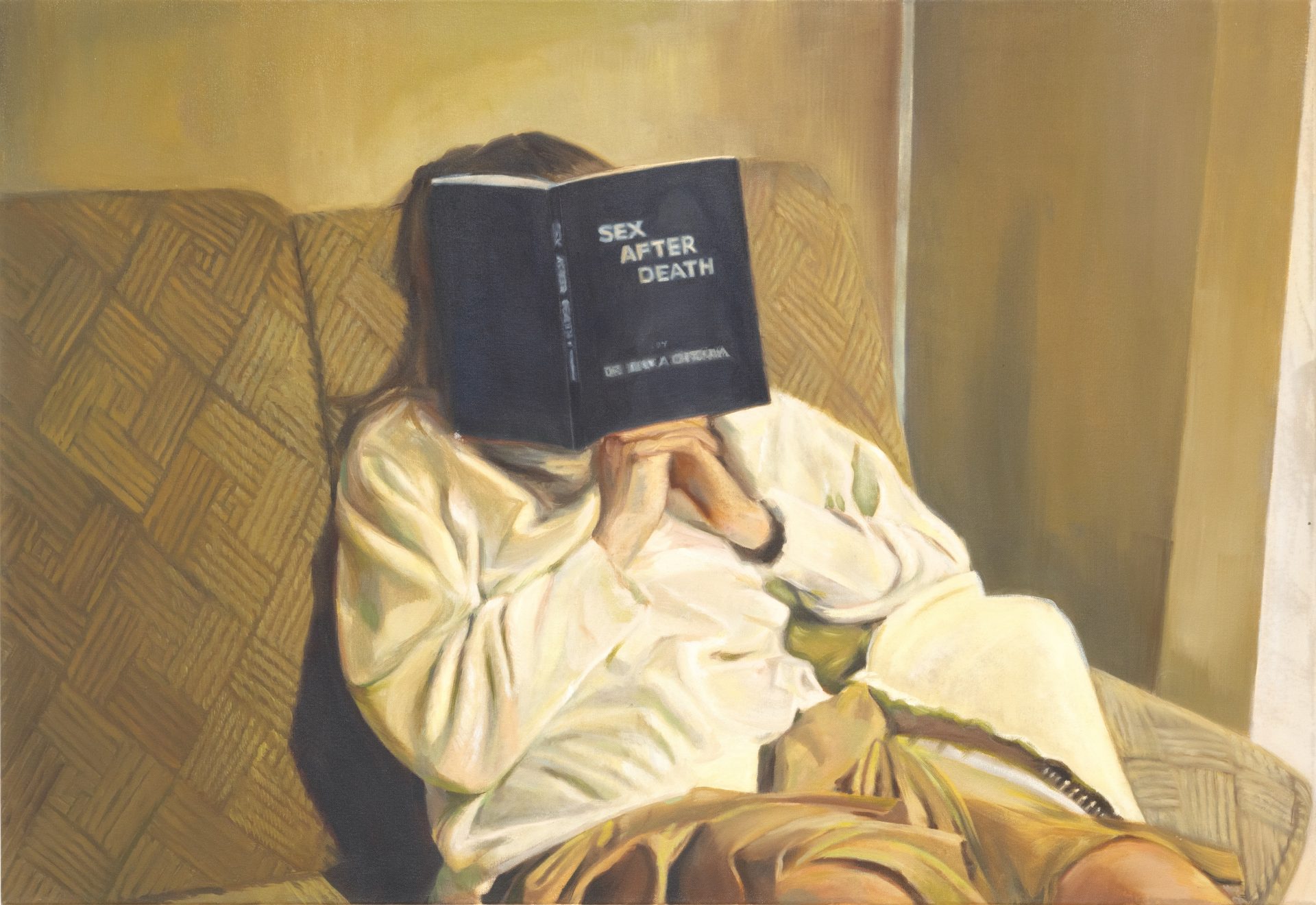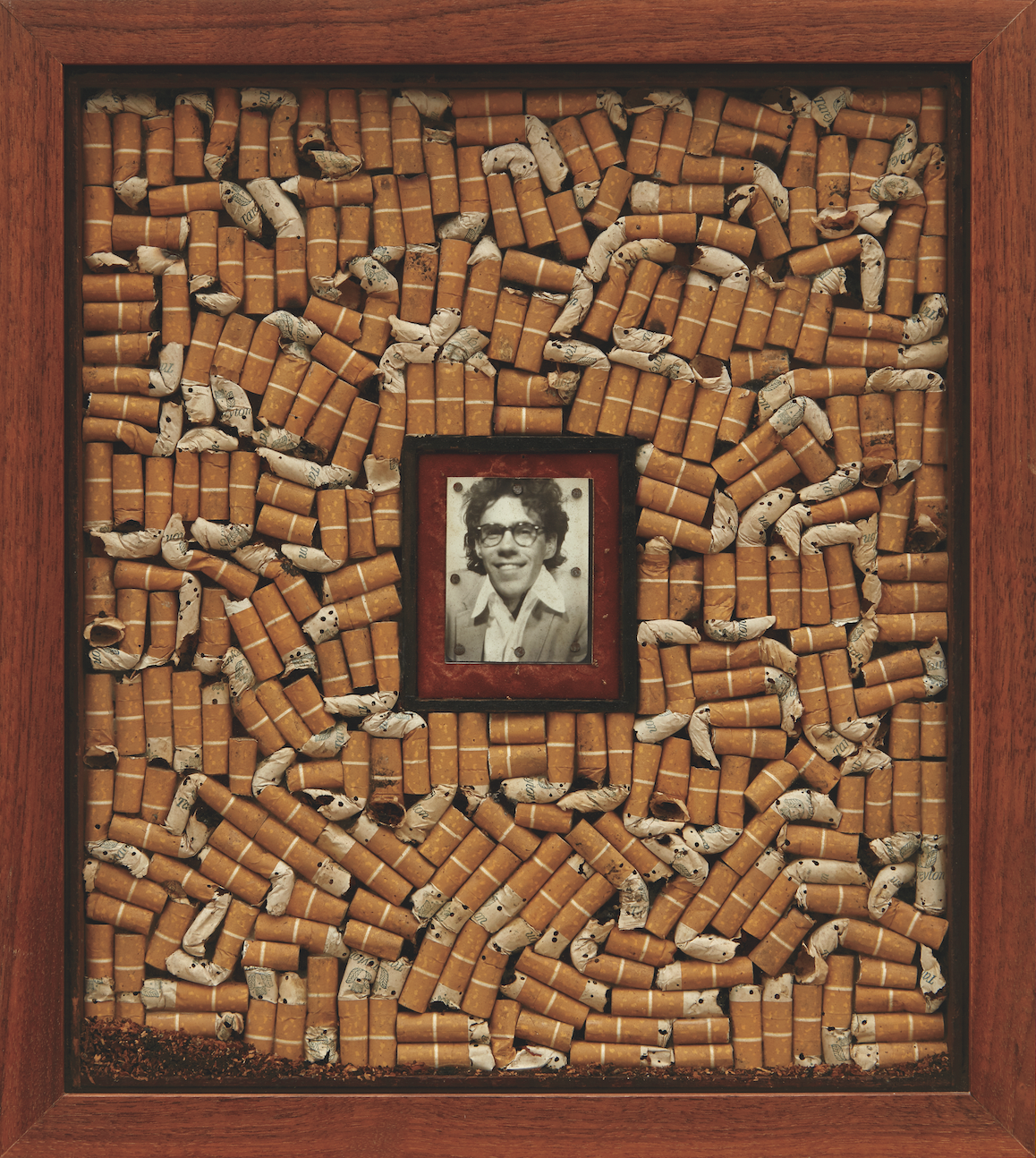
It would seem to be a novel stunt: A working music critic, versed in historically vested value systems and steeped in subcultural arcana, stoops to listen to a colossal pop star and pledges to dissect the cult she inspires. The scenario only ripens when the pop star in question is Céline Dion, an enigma who tends to be critically regarded with a mix of contempt and confusion when critically regarded at all.
Not so, when the critic is Carl Wilson. A music writer for the Toronto newspaper Globe and Mail, Wilson begins Let’s Talk About Love: A Journey to the End of Taste with an honest and engaging inventory of the cultural assumptions he himself harbored before Dion struck him as a worthy subject. The story starts at the 1997 Academy Awards, where the singer shared a stage with Elliott Smith as nominees for Best Original Song—she for the hyperdramatic Titanic hit “My Heart Will Go On,” he for a quiet, despairing, literate song written for Good Will Hunting. The stage was set, Wilson writes, “for the latest gladiatorial contest in which art’s frail emissaries would get flattened by the thundering chariots of mass culture.” Inspired by his own burgeoning suspicions concerning the tidiness of the opposition and spurred by a sense of journalistic duty, Wilson later set out to make sense of Dion in aesthetic terms. It wasn’t easy, and the friction he faced helps make Let’s Talk About Love an important study—not just of Dion and pop music but also of the changing nature of criticism in the popular realm.
Other books in Continuum’s 331⁄3 series (short volumes devoted to single albums by canonical musical acts) have varied from historical synopses to personal essays to fan fiction, but Wilson’s proves significant for the way it works as a sort of inquisition. The author’s real subject, beyond the Dion album noted in the title, is what it means to defer to “taste,” both as a personal value and as an ostensibly objective measure of discernment. Wilson’s own taste for Dion proves almost immaterial; more integral to the book are the ideas he charted as his tastes came to change under scrutiny.
The change lies in the difference between not liking Dion and actively—antagonistically—disliking her. To that end, Wilson questions elitist cultural biases that come into conflict with his own more general humanist leanings, as well as the ideals of those who most often aspire to taste. In a thoughtful but breezy history of aesthetic models, he touches on Hume and Kant but focuses most intently on the sociologist Pierre Bourdieu, who qualified expressions of taste as a function of “distinction”—as measures of individuality whose sums are stored and spent as “cultural capital.” Such thinking, to Wilson, provides “a useful corrective to the biases of fans and critics who think alternative or independent music is somehow inherently less status-seeking, more real, than pop music.”
Wilson applies this idea to art and culture in general, especially in an enlightened consideration of “schmaltz” as a hearty social phenomenon and in a skeptical inquiry into the use of sentimental as a pejorative. (“Between the sentimentalists and the antisentimentalists,” he wonders, “who is the real emotional cripple?”) Dion, too, proves a fascinating figure. Wilson traces her erratic public behavior and astounding global reach to her upbringing as a French-Canadian; that she’s not American and retains the rebellious spirit of the Quebecois, Wilson suggests, helps account for her heroic status across the world. Dion is also a real person, with real fans who like her for real reasons. This doesn’t make her immune to criticism, Wilson asserts, but neither does it grant immunity to the often lax and paradoxical critiques launched against her.






